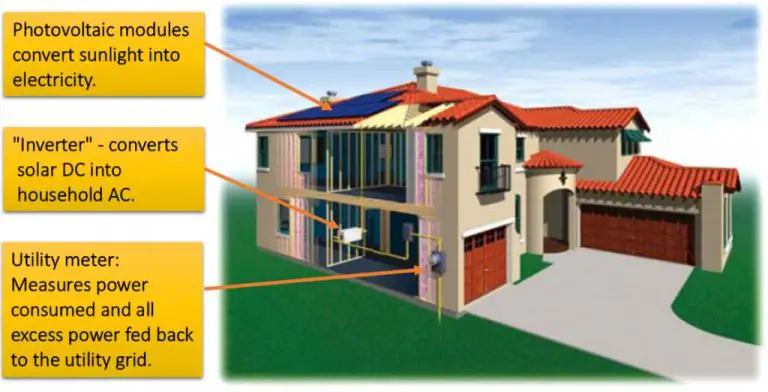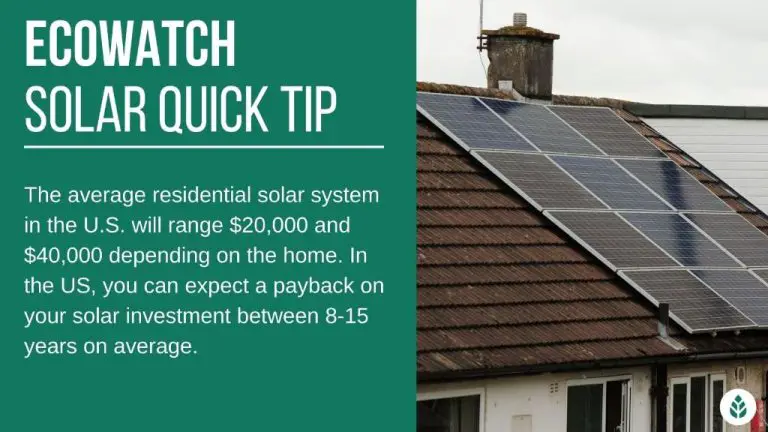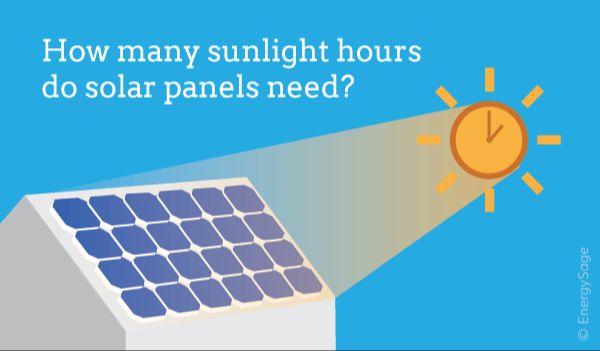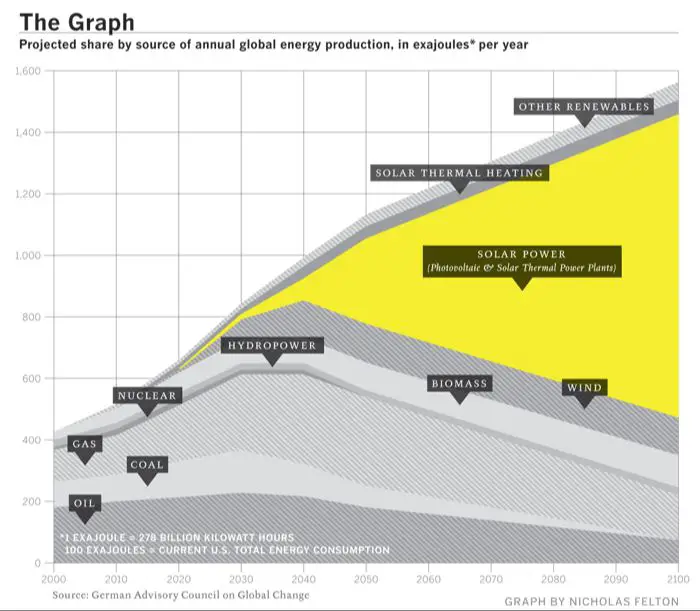What Country Invented Solar Panels?
Solar panels have become an increasingly important source of renewable energy over the past few decades. They convert sunlight directly into electricity through the photovoltaic effect. This allows homes, businesses, and utilities to generate emission-free power. With concerns about climate change and energy security, many countries are investing heavily in solar technology. But the road that led to the solar panels we know today was decades in the making. So what country first invented this transformative technology?
Early Solar Cell Research
The history of solar cells goes back to the early 1800s when researchers first observed the photovoltaic effect. In 1839, French physicist Edmond Becquerel discovered that certain materials would produce small amounts of electric current when exposed to light [1]. However, these early solar cells were very inefficient at converting sunlight into electricity. It wasn’t until the 1950s that researchers began to make significant progress on improving solar cell efficiency.
In the late 19th century, the photoelectric effect was further analyzed by scientists such as Heinrich Hertz and Wilhelm Hallwachs. They demonstrated that exposing certain metals to light would generate an electrical current [1]. However, these early solar cells only achieved conversion efficiencies of less than 1%. Extensive research was still needed to make solar cells suitable for practical applications.
Bell Labs Development

In 1954, a major breakthrough in solar technology came from Bell Labs in the United States. Researchers Daryl Chapin, Calvin Fuller and Gerald Pearson developed the first solar cell capable of generating useful amounts of electricity from sunlight.
Using a diffused silicon p-n junction, the Bell Labs solar cell achieved a 6% efficiency. This was a huge leap forward from earlier solar cells which only had 1% efficiency. The development opened up many new possibilities for applications of solar photovoltaics.
The work at Bell Labs built upon prior research into the photovoltaic effect and semiconductor materials like silicon. However, Chapin, Fuller and Pearson made critical innovations that allowed silicon solar cells to be practically useful. The Bell Labs solar cell proved the viability of solar as an electricity source.
This groundbreaking solar panel development at Bell Labs in 1954 kickstarted the silicon solar cell industry. Solar started being seen as a potentially major source of renewable power, paving the way for widespread commercial solar panel production to begin a few years later.
Sources:
https://www.energy.gov/articles/microsoft-powerpoint-uae-masdar-2-24-10-final-distributionpptx
Early Space Applications
The first use of solar panels in space was on the Vanguard 1 satellite, launched by the United States in 1958. The solar panels on Vanguard 1 generated power for the communications systems on board the satellite. This early use of solar panels in space demonstrated the potential for solar energy to provide power for spacecraft and satellites.
According to a LinkedIn post by Ali FAKIH, PhD, “The first use of solar panels in space was on the Vanguard 1 satellite, launched by the US. The solar panels generated power for the communications equipment on board. This pioneering use highlighted the potential of solar panels as an energy source in space.”1
Commercial Production Begins
The first major development of solar panels as a viable energy source began in 1958. In that year, Hoffman Electronics started selling commercial solar cells that were mainly used to power satellites (https://www.energysage.com/about-clean-energy/solar/the-history-and-invention-of-solar-panel-technology/).
These early solar cells, invented by Russell Ohl in 1941, were able to convert sunlight into electricity with an efficiency of around 1%. While low compared to modern solar panels, this represented a major milestone and showed the potential of solar photovoltaic technology.
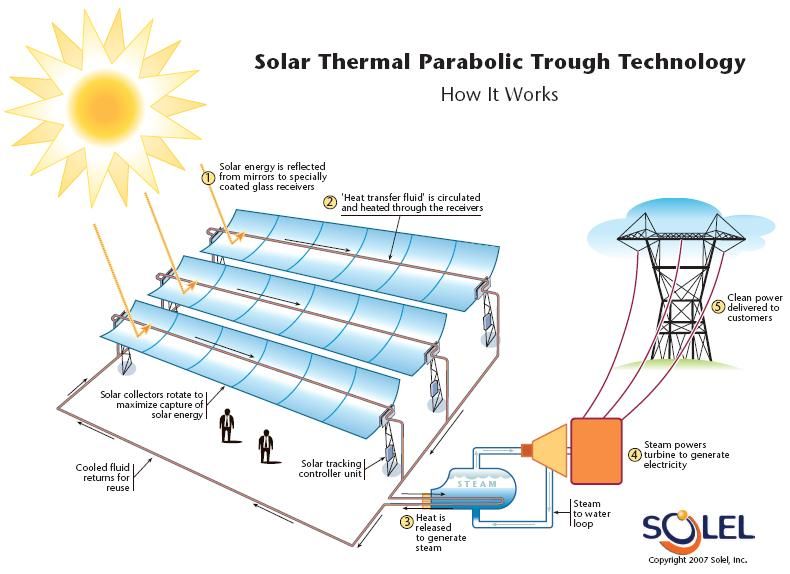
Most histories mark the beginning of commercial solar panel production to Hoffman’s cells in 1958. Although limited by low efficiencies, solar power was now a commercial reality with applications in the space program and for powering remote devices like railroad signals and offshore oil rigs.
Growth in Japan
Japan rose to become a leader in solar technology starting in the 1960s due in large part to Sharp Corporation. Sharp began producing solar cells in 1963 and by the next year had managed to double the efficiency of solar cells to over 5%. By 1966, Sharp was producing solar modules for communications satellites. In the 1970s, Sharp expanded into commercial production of solar panels as the technology became more economically viable. The 1973 oil crisis increased interest in renewable energy like solar, and Japan provided subsidies for installing solar PV systems. With consistent investment and improvements in manufacturing and efficiency, Japan became the top producer of solar panels by the 1990s. Sources indicate that the priority Japan placed on solar energy early on helped make it an industry leader.
Improving Efficiency
Researchers have steadily improved solar cell efficiency over the decades through advances in materials and design. In the 1950s, early solar cells had efficiencies of only around 6%. But by the 1970s, efficiencies reached over 10% (1). In the 1980s and 1990s, advances in manufacturing techniques and the use of new materials like gallium arsenide pushed efficiencies over 30% (2). Multijunction cells with multiple layers further improved efficiency, reaching over 40% by the 2000s. Companies continue to invest heavily in R&D to enhance efficiency. Recent lab demonstrations have exceeded 47% efficiency. While commercial panels lag behind lab prototypes, their real-world efficiencies have also increased significantly over the years, now typically 15-22% for silicon solar panels.
(1) https://www.adtsolar.com/renewable-energy/history-of-solar-energy-the-solar-energy-explosion/
(2) https://www.researchgate.net/figure/Solar-cell-efficiency-timeline-6_fig2_336928116
Reducing Costs
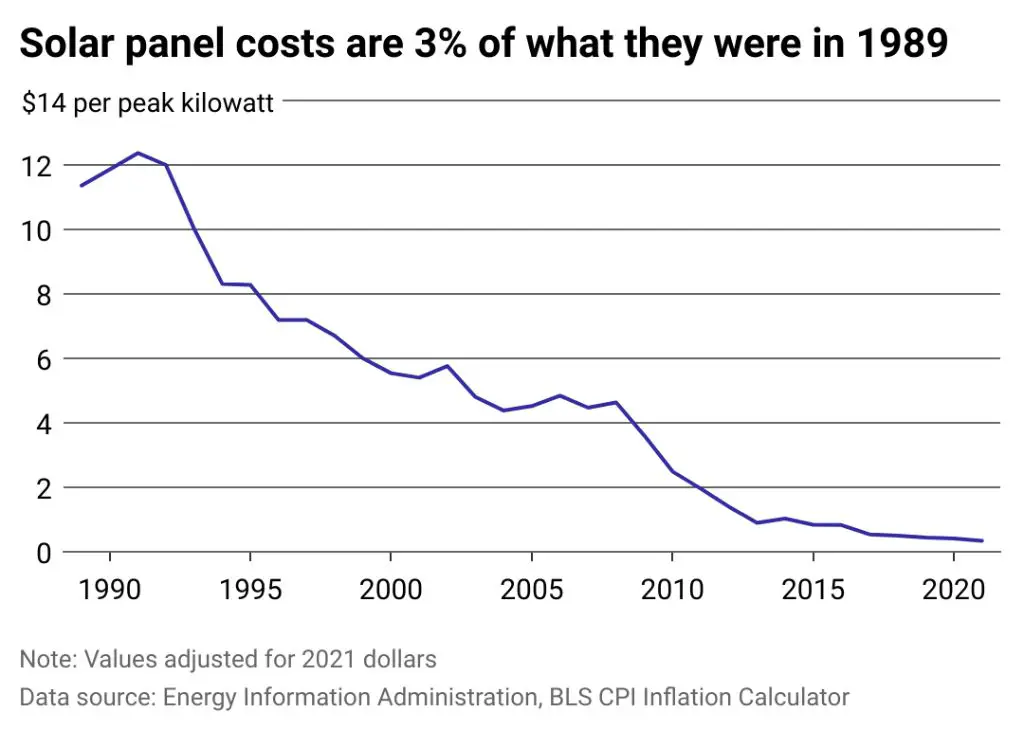
The cost of solar panels has declined dramatically over the past few decades, enabling much wider adoption of the technology. According to The Future is Solar The Implications of Solar Integration in Construction, the average cost of solar panels fell by 90% between 2009 and 2019. This steep drop in costs is attributed to improvements in manufacturing techniques and economies of scale as production volumes increased. Whereas solar was once considered a niche technology, it is now highly cost-competitive with conventional energy sources.
As reported by Forbes, the levelized cost of electricity from new solar photovoltaic installations has declined by 88% over the past decade. This dramatic cost reduction makes solar an affordable solution for many homeowners and businesses looking to reduce electricity bills. Widespread adoption of solar power will continue as costs fall further and new financing models like solar leases spread.
Mass Adoption
In the 21st century, solar power adoption has grown significantly around the world. Some key examples include:
Germany has been a global leader, with over 50 gigawatts of installed photovoltaic capacity as of 2018, generating around 9% of the country’s electricity demand. The rapid growth was enabled by feed-in tariffs and favorable policies (Solar Power by Country 2024).
China has also emerged as a solar leader, with over 200 gigawatts of total installed capacity in 2020. The government has supported domestic manufacturing and deployment through subsidies and incentives. China accounted for over 40% of global solar panel production in 2019 (Solar power by country).
In the United States, solar capacity exceeded 100 gigawatts in 2021, generating about 3% of U.S. electricity. Supportive policies like solar tax credits and net metering have enabled growth, along with rapidly declining panel costs. Major states adopting solar include California, Florida, Texas, New Jersey, and New York.
Overall, the massive global growth of solar power in recent decades highlights how it has gone from a niche technology to mainstream adoption worldwide.
Conclusion
In summary, we have seen that modern solar panel technology was pioneered in the United States. While early solar cell research took place in laboratories around the world, it was scientists at Bell Telephone Laboratories in the U.S. who created the first modern silicon solar cell in 1954. This breakthrough kickstarted the development of practical solar panels for applications such as powering space satellites in the late 1950s and 1960s.
The U.S. continued to lead in solar panel innovation and commercial production through the 1970s and 1980s. However, countries like Japan then began ramping up manufacturing capacity and made improvements that boosted solar efficiency while bringing costs down. Today, solar panels are commonplace worldwide as a renewable energy source, though their origins can be traced back to the groundbreaking work of American scientists and companies.

